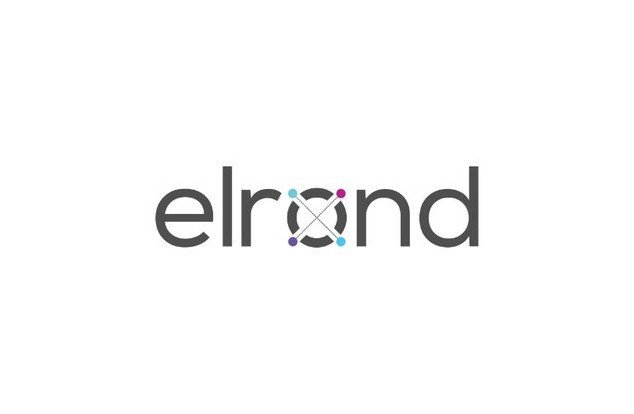Elrond's Improvement On Existing Blockchain Models
Elrond adds an entirely new level to the interoperability and scalability layer while also proposing two complete assets to the blockchain.

When Elrond was designed, inspiration was drawn from existing blockchain networks like Ethereum, Ziliqa, Ominiledger, ChainSpace and Algorand. However, Elrond technology goes beyond these project's technology, it's an expansion of these existing models in the bid to improve performance and also maintain equilibrium state between decentralization, scalability, and security.
How then does Elrond improves the flaws of their competitors, here is how;
Elrond's Improvement On Ethereum: Ethereum enjoyed immense success due to their introduction of dApps layer through EVM, Solidity and Web3j. Though dApps have always been a core component of the Ethereum blockchain, scalability has been an issue. This is mostly due to their PoW consensus algorithm. Though promising solutions have been proposed, it hasn't alleviate any of Ethereum’s scalability challenge.
Elrond improves this challenge by elimination of the energy and computational waste from PoW by using a SPoS (Secure Proof of Stake) consensus algorithm and also using transaction processing parallelism via Sharding.
Elrond's Improvement On Ziliqa: Though Ziliqa is the first transaction sharding framework that enables the mining network to process transactions in parallel and dividing the mining network into shards resulting in a high throughput.
Elrond went a little better. They push the limits of sharding by not only using transaction sharding, but also state sharding.
Both network also uses their own smart contract engine, but Elrond allows smart contract written for Ethereum to run uninterrupted on their own virtual machine, thereby achieving interoperability between blockchains.
Elrond's Improvement On Ominiledger: Ominiledger proposed new scale out distributed ledger preserves long term security under permissionless operations. It enforces security by utilizing a bias-resistant public random protocol that chooses large statistical representative shard that carry out transactions.
Elrond improved this approach by adopting an Adaptive approach on state sharding, where consensus group are quickly selected at random and also improve security by having the validator’s set replaced after every rough (few seconds) rather than every epoch (a day)
Elrond's Improvement On ChainSpace: ChainSpace is a distributed ledger network for processing transactions under high integrity and transparency. It uses privacy friendly smart contract for extensibility. They implement these privacy features through modern zero knowledge techniques, but ensures consensus by BFT.
Unlike ChainSpace where the TPS reduces when node are added in a shard, Elrond's method is not affected by the number of nodes in the shard since the consensus group has a fixed size. Both networks uses different methods for state sharding in order to enhance performance.
Elrond however uses an efficient pruning mechanism in their bid to eliminate blockchain size issue in high throughput architectures.
Conclusively, Elrond shows a much higher resistance to unexpected changes in node population and vicious shard seizure through the introduction of Shard Redundancy; a novel component of shared blockchains.
To read more on your own, visit the following links.
https://t.me/ElrondNetwork